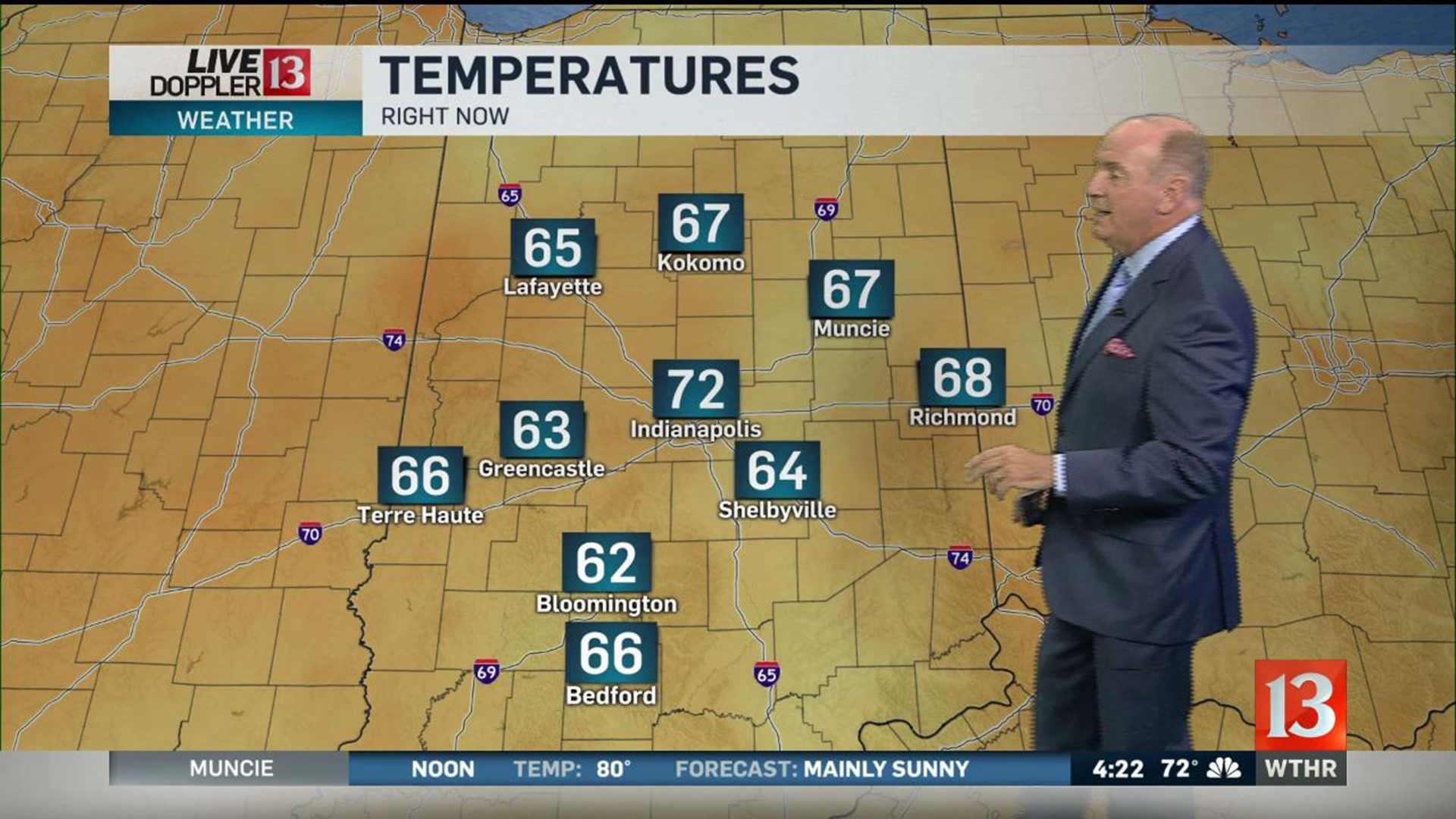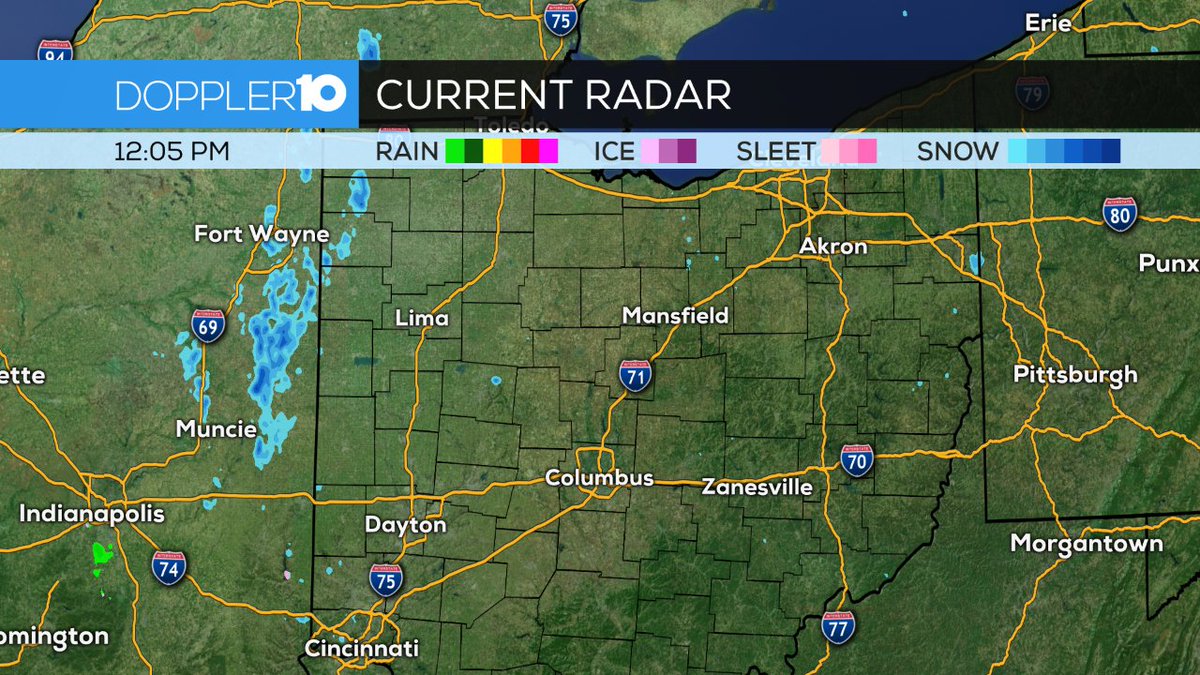

- #DOPPLER 10 RADAR INSTALL#
- #DOPPLER 10 RADAR MANUAL#
- #DOPPLER 10 RADAR UPGRADE#
- #DOPPLER 10 RADAR VERIFICATION#
#DOPPLER 10 RADAR INSTALL#
Lightweight and easy to install – Quantum weighs up to 50% less than comparable magnetron radars.
#DOPPLER 10 RADAR UPGRADE#

#DOPPLER 10 RADAR MANUAL#


Raymarine MARPA target tracking is the same technology trusted by the United States Coast Guard. Quantum 2’s exclusive Safety Sector feature provides the maximum level of visibility to dangerous targets in the path of your vessel (both mobile and stationary).ĭoppler-enabled MARPA provides an effortless means of dangerous target tracking by eliminating the need to setup guard zones. Raymarine Quantum 2 Doppler target processing readily identifies and color codes moving radar contacts for instant recognition and reduced risk of collision. Quantum with Doppler makes it easy to discern potentially dangerous targets when navigating in high-traffic areas. Using advanced Doppler processing, the system instantly highlights moving radar contacts and color codes them to indicate whether they are inbound or outbound. The Quantum 2 next generation CHIRP pulse compression radar by Raymarine provides superior target awareness at both long and extremely short ranges. The Raymarine Quantum 2 Radar has Doppler collision avoidance technology.
#DOPPLER 10 RADAR VERIFICATION#
The historical research indicates that 1) the engineering prowess and mentorship of Roger Lhermitte was at the heart of Doppler radar development at NSSL 2) key decisions by Kessler in the wake of Lhermitte's sudden departure in 1967 proved crucial to the ultimate success of the project 3) research results indicated that Doppler velocity signatures of mesocyclones are a precursor of damaging thunderstorms and tornadoes and 4) results from field testing of the Doppler-derived products during the 1977-79 Joint Doppler Operational Project-especially the noticeable increase in the verification of tornado warnings and an associated marked decrease in false alarms-led to the government decision to establish the NEXRAD network.Quantum 2 Q24D Radar Doppler with 10m Power & Data Cables Realization of the vision came through steps that were often fitful, where complications arose due to personnel concerns, and where there were always financial concerns. Weather Bureau and its successor-the National Weather Service. This vision included the development of Doppler radar, where research was to be meshed with the operational needs of the U.S. The vision of NSSL's first director, Edwin Kessler, is reconstructed through access to historical documents and oral histories. We track events, both political and scientific, that led to the establishment of NSSL in 1964. This radar was the prototype for the current Next Generation Weather Radar (NEXRAD), or Weather Surveillance Radar-1998 Doppler (WSR-88D) network. In this historical paper, we trace the scientific-and engineering-based steps at the National Severe Storms Laboratory (NSSL) and in the larger weather radar community that led to the development of NSSL's first 10-cm-wavelength pulsed Doppler radar.


 0 kommentar(er)
0 kommentar(er)
